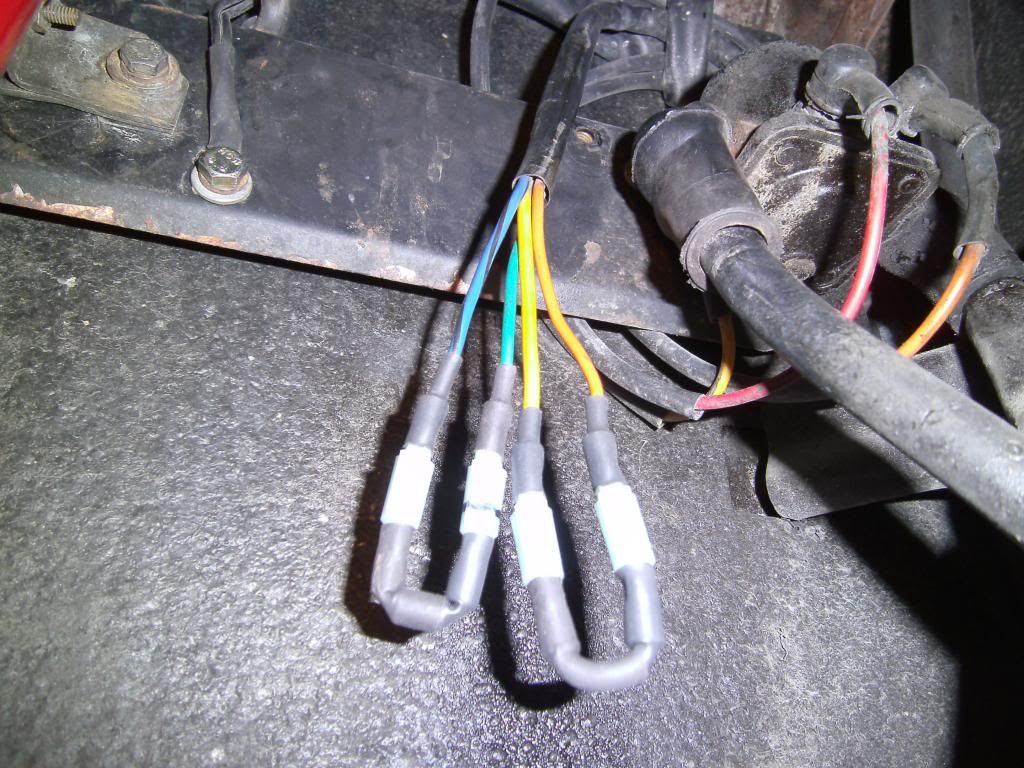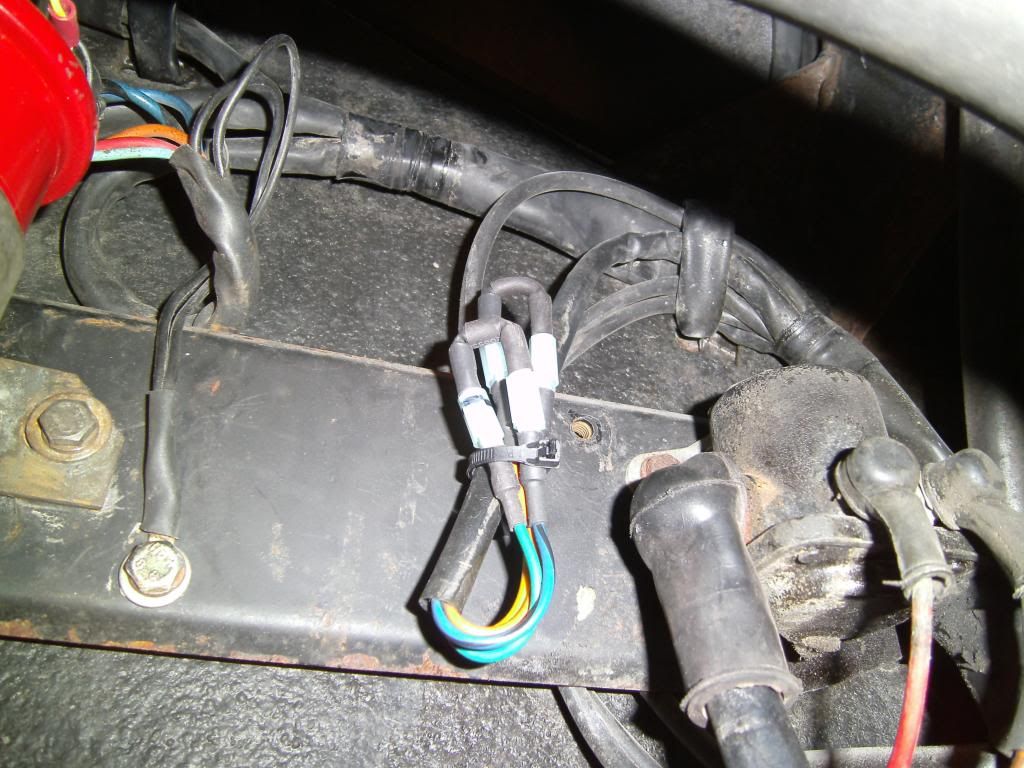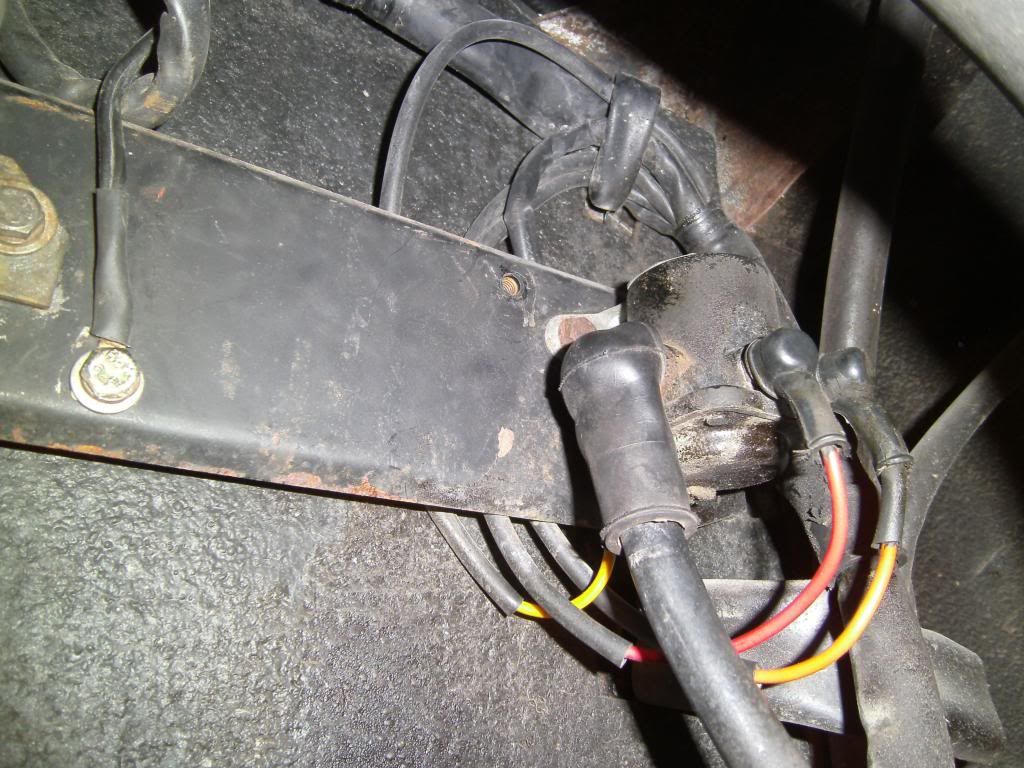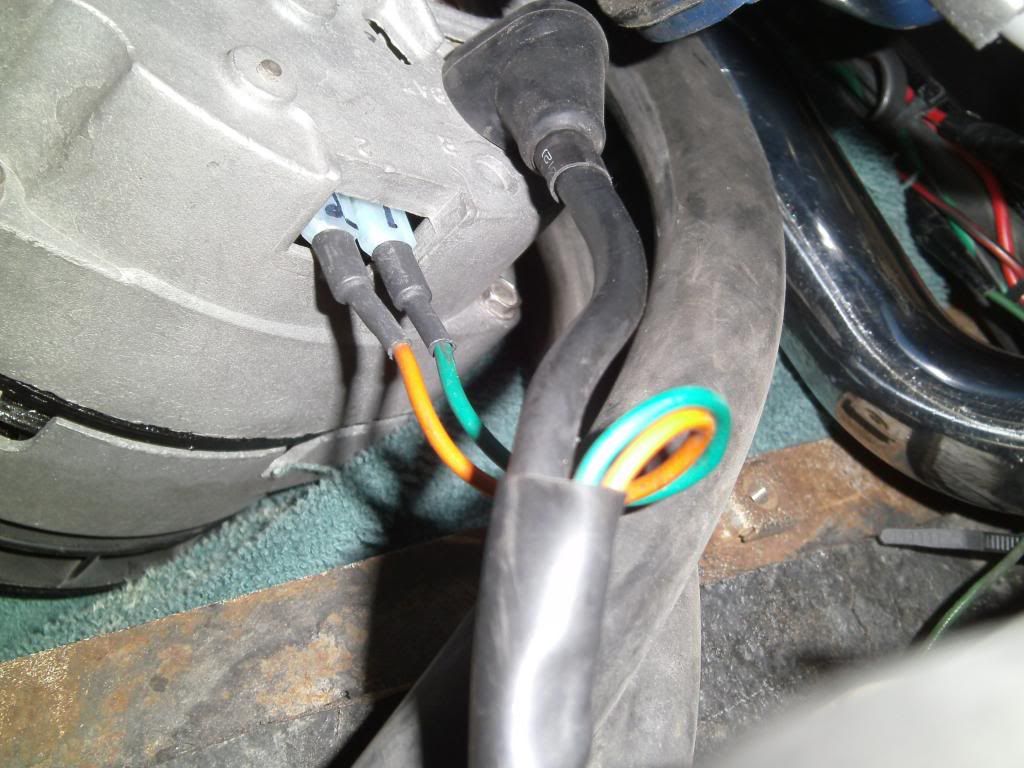I've been looking into this once too.
Lessons learned so far:
Many of those offering so called lightweight alternators, don't even mention the (rotor) weight, or don't give it when asked for. Then I'm talking about offered so called race alternators, or 12v aviation alternators.
Those that are indeed light (within the 2,5 to 3Kg range), do cost quite a bit

Alternator from mine - which I assume is still the stock one - does weigh 4,58Kg.
One thing to reckon with, is that race alternators often have a different power output - in terms of output to rpm - as meant for use with high rpm engines, that do run mostly at high rpm's.
That's when the aviation alternators become interesting, as they are build for low rpm engines, and thus often do deliver more power when compared to a race alternator in the lower rpm range - sub 8.000rpm. A 100A race alternator might thus even deliver less power, then the stock 65A within the rpm range our engines are running... You should ask for output diagrams.





